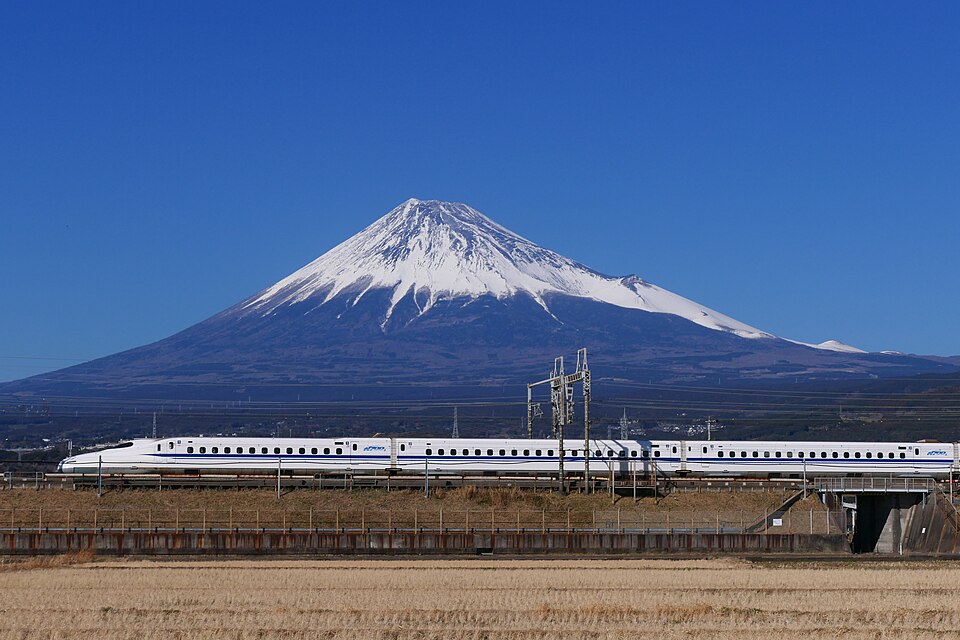A Tour of the World’s Oldest Railways Still in Operation
From steam engines to bullet trains, historic railways still carry passengers and freight—connecting us to the roots of modern transportation.
Introduction
Railways are the arteries and veins of modern human society. In the 19th and early 20th centuries, as steam power gave way to electric-powered locomotives, railway networks revolutionized transportation, commerce, and societal structures worldwide. Trains and rails made travel from point A to point B faster and more convenient; they also hauled loads that pack animals could not match.
Many of the oldest train routes continue to transport passengers and cargo across the planet. So hop aboard and take a ride through history to discover and explore the oldest train routes still running.
Stockton and Darlington Railway
Inaugurated on September 27, 1825, the Stockton and Darlington Railway was the first public railway to use steam locomotives. It was designed primarily to transport coal from mines near Shildon in County Durham to the port of Stockton-on-Tees, marking a pivotal moment in railway history. By significantly reducing the cost of coal, the S&DR fueled industrial growth in the region. Over the decades, it replaced horse-drawn wagons. Its success demonstrated the potential of rail and led to the rapid expansion of railway networks across Britain and elsewhere.

Economically, the S&DR boosted trade, reduced transportation costs, and encouraged industrial growth, particularly in the production of coal and iron. Socially, it connected communities and made travel easier and more affordable. The S&DR set the standard for modern rail transport and played a pivotal role in shaping 19th-century infrastructure, laying the foundation for the vast railway networks that run throughout Britain today. Overall, the S&DR’s success demonstrated the viability of railways, inspiring the construction of similar systems worldwide.
Ethio-Djibouti Railway
The Ethio-Djibouti Railway, inaugurated in 1917, is one of Africa’s oldest railway lines. Built between 1897 and 1917, it initially connected Addis Ababa, Ethiopia’s capital, to the port of Djibouti in French Somaliland. This 487-mile single-track meter-gauge railway provided landlocked Ethiopia with vital access to the sea, significantly reducing an arduous six-week journey by caravan to a matter of days.
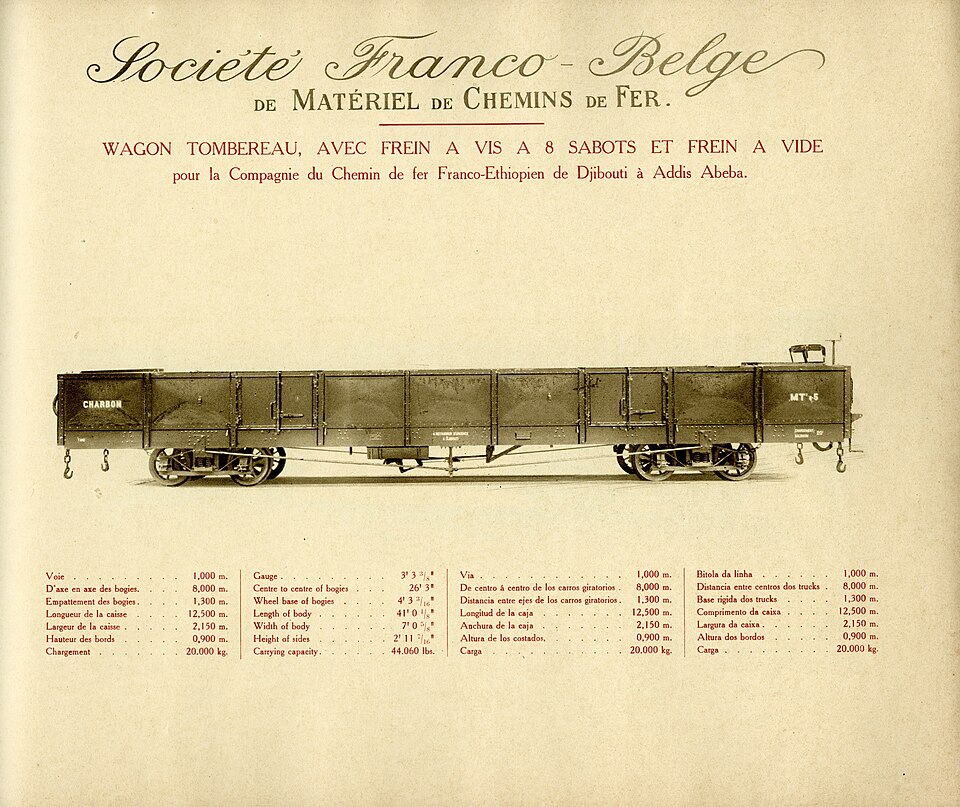
The railway’s establishment was pivotal to Ethiopia’s economic and social development. It facilitated the efficient export of commodities, such as coffee, and the import of many essential goods, thereby bolstering trade and contributing to urban growth along its route. Cities such as Dire Dawa emerged as commercial hubs, fostering cultural exchanges and enhancing regional connectivity. Additionally, the railway symbolized Ethiopia’s sovereignty and modernity during a period of colonial expansion in Africa.
Despite its initial success, the railway faced challenges after World War I due to competition from road transport, as well as its own declining infrastructure. In the 21st century, it has been largely superseded by the electrified standard-gauge Addis Ababa–Djibouti Railway, completed in 2017. Nevertheless, the legacy of the Ethio-Djibouti Railway endures, reflecting its significant role in shaping Ethiopia's economic landscape and fostering regional integration.
Baltimore and Ohio Railroad
On May 24, 1830, the Baltimore and Ohio Railroad commenced the first standard carrier service in the United States. It initially ran from Baltimore to Ellicott’s Mills (now Ellicott City), Maryland; a few years later, it was diverted to Ohio. At the time, Baltimore merchants sought to compete with New York’s Erie Canal, which was dominating trade in the area. The B&O Railroad served as a vital solution, soon becoming the primary means of trade and commerce in the Baltimore and Ohio River Valley region.
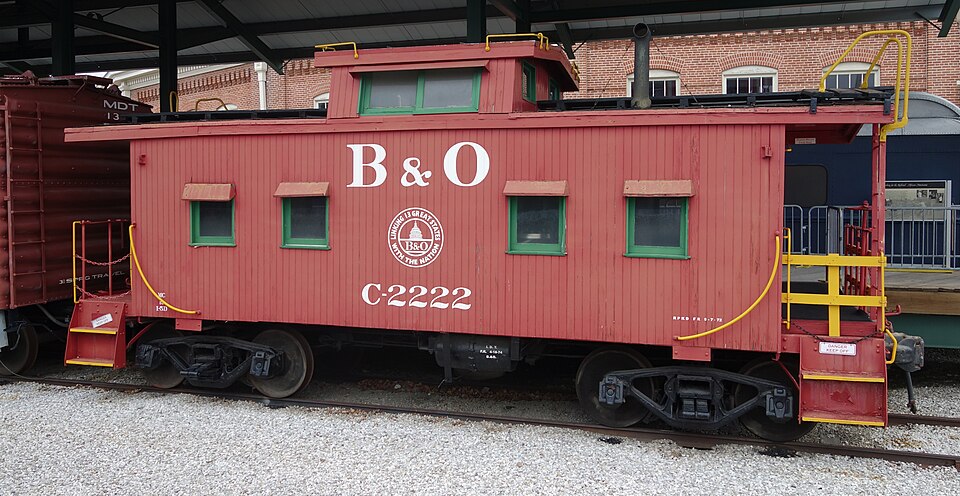
The first locomotive in the United States, the Tom Thumb, was built by Peter Cooper. In 1830, it famously demonstrated the potential of steam-powered engines. Over time, the B&O Railroad evolved into a vital trade and passenger route, contributing to the region’s industrialization and strengthening economic ties between the Eastern Seaboard and the Midwest.
It even played a strategic role during the Civil War, as it transported troops and supplies. Although the B&O’s long-distance passenger trains were discontinued in 1971, when the National Railroad Passenger Corporation (Amtrak) acquired the rights to intercity passenger service, remnants or evolved forms of this railroad can still be found when traveling by passenger train through the B&O’s old areas.
Paris–Saint-Germain Railway
The Paris-Saint-Germain Railway, inaugurated on August 24, 1837, connected France’s capital city to the suburban town of Saint-Germain-en-Laye, making it the first passenger railway in France. It introduced the concept of suburban commuting, which greatly benefited many suburban residents who needed to travel to and from the big city. As it pioneered suburban rail travel in France, it also influenced the country’s urban development patterns and contributed to the expansion of Paris.
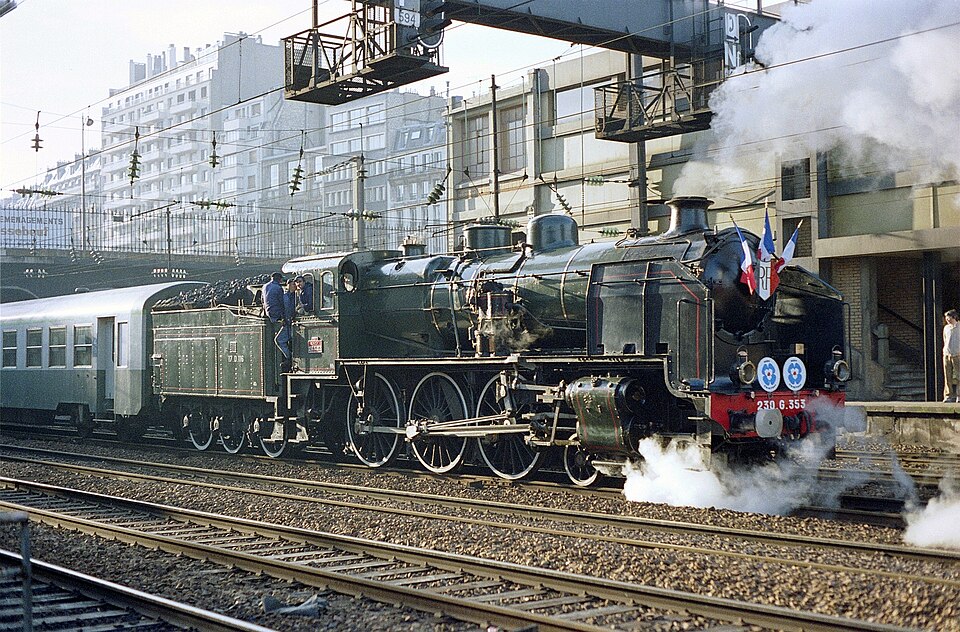
The entrepreneur Émile Pereire and the famous Rothschild banking family financed the creation of the Paris–Saint-Germain Railway; however, the line’s first locomotive was inspired by another essential machine, Locomotion No. 1, which was designed by the British engineer George Stephenson for the S&DR. It was later replaced by a fixed-cable system owing to concerns regarding steep gradients. As a result, the line helped to modernize France’s transportation network, inspiring further railway construction across the country and setting the stage for France’s vast and efficient rail system, which remains one of the most advanced in the world.
Buenos Aires Western Railway
The Buenos Aires Western Railway (Ferrocarril Oeste de Buenos Aires) was inaugurated on August 29, 1857, making it South America’s oldest railway line. This pioneering route initially spanned approximately six miles, connecting the Del Parque station in Buenos Aires to La Floresta in Argentina. The journey was led by the steam locomotive La Porteña, marking a significant milestone in the continent's transportation history.
In the mid-19th century, Argentina recognized the need to modernize its transportation infrastructure to support economic growth and integration. In 1854, the Buenos Aires Western Railroad Society was granted permission to construct a railway line extending westward from Buenos Aires. Despite initial debates over the use of steam engines versus horse-drawn carriages, the decision to employ steam technology prevailed, leading to the importation of locomotives from England.
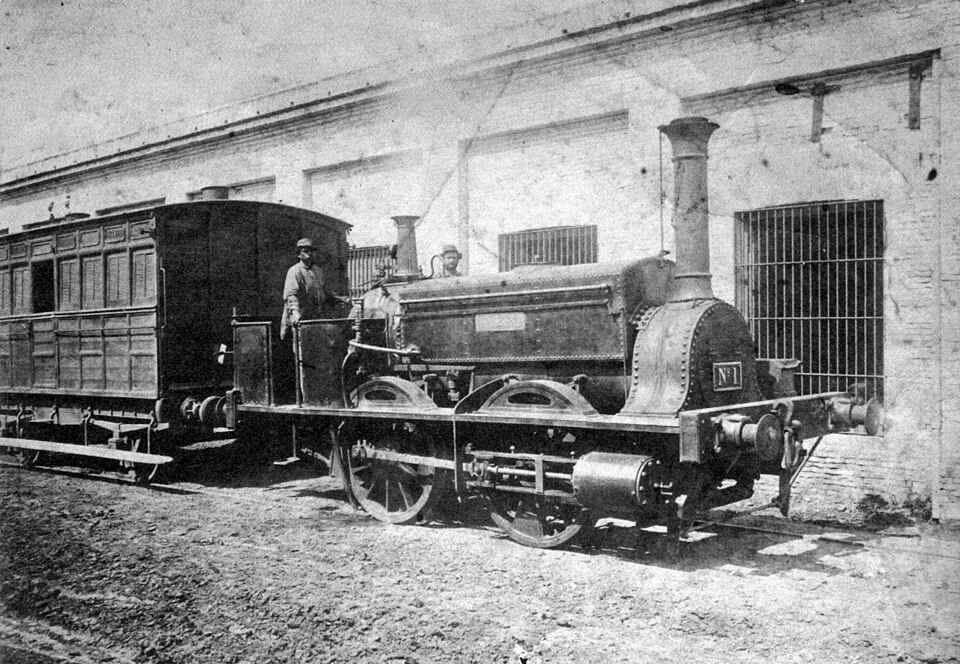
Since the introduction of the railway in Argentina, the transportation of goods between communities has become more efficient. Thus, agricultural products from the fertile Pampas region can be readily sent to urban markets and ports, thereby bolstering exports and stimulating economic activity. The BAWR not only marked the advent of rail transport in South America but also played a pivotal role in Argentina's journey toward modernization and development.
Trans-Siberian Railway
The Trans-Siberian Railway, spanning over 5,600 miles of Russian countryside, comprises the world’s longest railroad track. Its construction began in 1891 under Tsar Alexander III; it was completed in 1916, though some sections became operational in later years. The railway was built to connect Moscow to Vladivostok, facilitating trade, military movement, and economic integration across the vast Russian Empire. Despite harsh climates, rugged terrain, and immense logistical challenges, the railway transformed Siberia from an isolated region into an economic hub, promoting settlement, resource exploitation, and industrial growth throughout this territory.
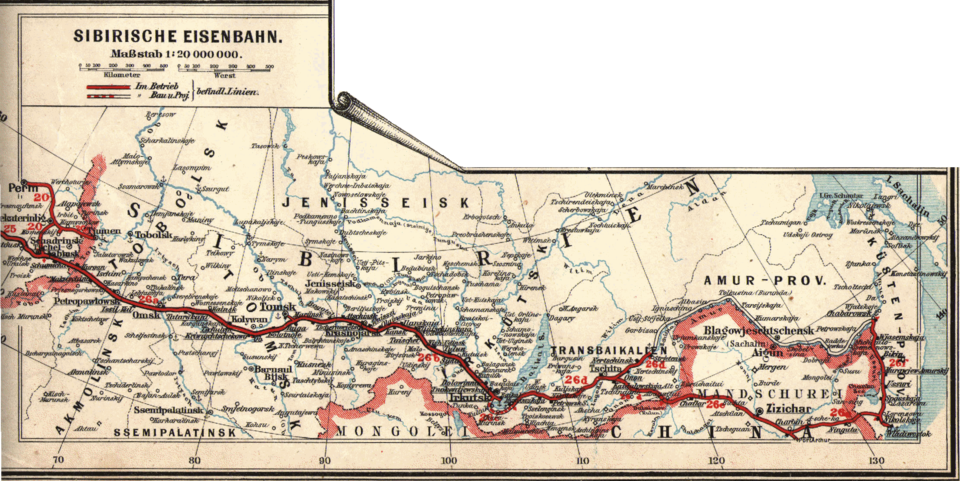
Historically, the TSR played a key role in World Wars I and II, as it moved Soviet troops and armaments across the vast wilderness of Siberia. During the Cold War, it remained vital to the Soviet Union. Although the USSR has been dissolved since 1991, the TSR continues to serve as a major trade route, linking Russia with China, Mongolia, and the rest of Europe and supporting the export of resources such as oil, gas, and minerals. The railway also boosts tourism, offering legendary train journeys through Russia’s diverse landscapes.
Tōkaidō Shinkansen
When it opened on October 1, 1964, the Tōkaidō Shinkansen, Japan’s first high-speed rail line, revolutionized the country’s transportation just in time for the Tokyo Olympics. Conceived as a solution to Japan’s postwar congestion and growing economic demands, the project was spearheaded by the Japanese National Railways (JNR) under the leadership of Shinji Sogō and Hideo Shima. The route, stretching 320 miles between the cities of Tokyo and Osaka, was chosen to accommodate Japan’s dense urban population and booming industrial sector.
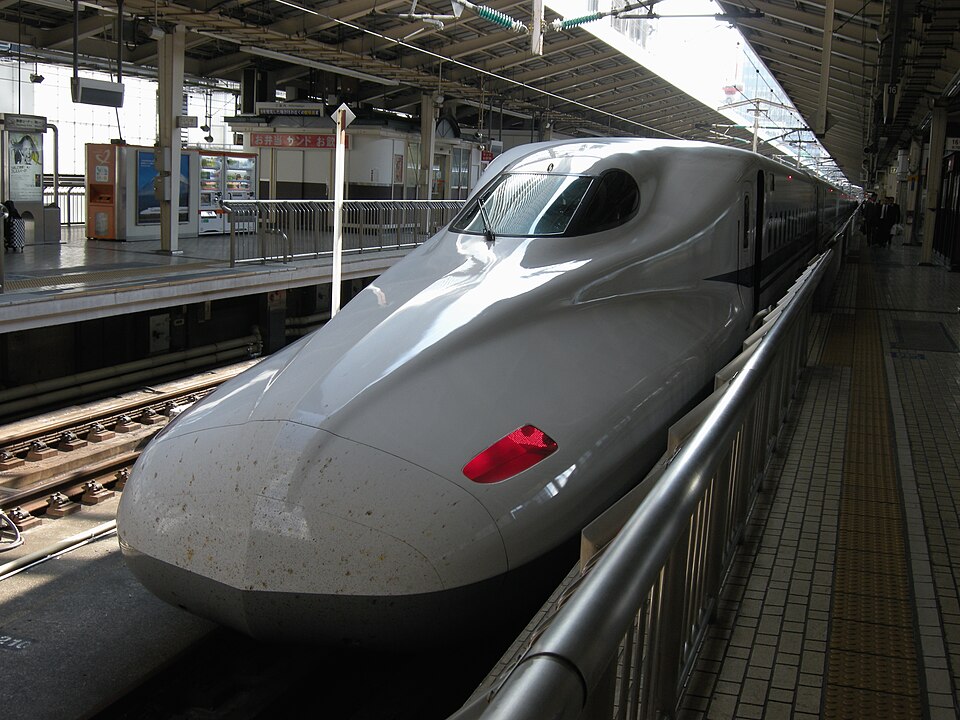
The world-famous bullet trains on this line were initially capable of reaching speeds of up to 130 mph at launch; today, they exceed 177 mph, dramatically reducing travel time between Japan’s metropolitan areas. The Shinkansen became a model for high-speed rail transport worldwide, demonstrating the feasibility of fast, efficient, and safe intercity travel, as well as the power and speed of Japan’s bullet trains. It remains one of the busiest and most reliable rail lines, carrying over 150 million passengers annually.
Sydney–Parramatta Railway
Australia’s oldest train route, the Sydney–Parramatta Railway, opened on September 26, 1855, marking the beginning of the country’s railway era. Built to support New South Wales’s growing economy and expanding settlements, the 14-mile line was designed to connect the cities of Sydney and Parramatta, thereby improving commerce and industry in the area. At the time, Sydney was experiencing rapid development, and there was a pressing need for a more efficient means of transporting people, goods, and raw materials. The railway was constructed under the direction of James Wallace, an engineer, and the Sydney Railway Company, though financial difficulties led to government intervention before the project was completed.
The SPR ultimately laid the foundation for Australia’s extensive rail network, facilitating economic growth, urban expansion, and trade. It played a crucial role in connecting rural areas with Australia’s ports and markets, stimulating industries such as agriculture, wool production, and mining. Over time, the network expanded, contributing to the development of towns and cities along its route.

Today, the original line remains an integral part of the Sydney Trains suburban network, symbolizing the nation’s transition to modern infrastructure. As Australia’s first step toward railway transportation, the SPR remains a historic milestone, demonstrating the lasting impact of rail travel on economic and social progress.



